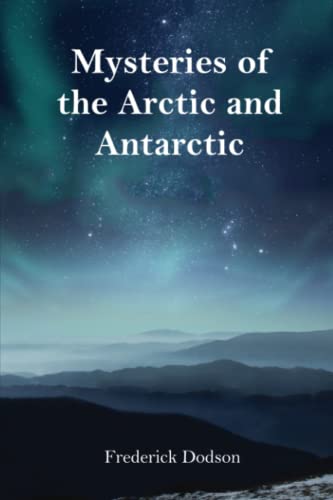We are off on a journey, heading to the far reaches of our beautiful planet! The Arctic and Antarctica, two fascinating polar regions, are waiting for us. We will explore these two frozen worlds and discover their unique characteristics. We will also look at their notable differences. It is desirable to talk about their future. The poles are indeed feeling the impact of climate change in a significant way. So, we put on our gloves and hats, and embark on an exciting trip in the extreme cold. Ready for the big thrill? Let’s go!
Introduction to the Poles
Definition of the Arctic and Antarctica
The ARCTIC is this vast white desert that covers the North Pole of our planet. It is a frozen sea surrounded by land. Countries such as Russia, Canada, and Greenland are found here. On the other hand, Antarctica is just the opposite. Located at the South Pole, it consists of a massive continent of ice surrounded by oceans. These are two polar worlds of wild and impressive beauty.
Geographic and Climatic Importance
The poles play a crucial role in regulating the Earth’s CLIMATE. They act like giant air conditioners, helping to maintain the thermal balance of the planet. And that’s not all! The Arctic and Antarctica are also essential habitats for unique fauna and flora.
Myths and Realities
The Arctic and Antarctica are often shrouded in mystery in people’s minds. We often think of the northern lights, those stunning luminous displays that enchant the polar sky. Or the emperor penguins, those majestic birds capable of surviving in the most extreme conditions of Antarctica. But we must not forget that these regions are also profoundly affected by climate change. This is a reality that reminds us of the importance of protecting these fragile ecosystems.

Differences Between the Arctic and Antarctica
Environmental Differences
The Arctic and Antarctica are not just simple mirrors of each other; quite the contrary. Indeed, the Arctic is a sea surrounded by continents, while Antarctica is a continent surrounded by oceans. This has a significant influence on their respective environments. For example, the Arctic experiences more pronounced seasonal variations than Antarctica. In summer, part of the Arctic Ocean may even be ice-free. In contrast, the heart of Antarctica remains frozen year-round. 😮
Biodiversity Differences
In terms of biodiversity, these two poles are also very different. The Arctic is home to diverse fauna, including polar bears, arctic foxes, whales… and even human populations! Antarctica, on the other hand, is much less welcoming to life. It mainly hosts penguins and various species of seabirds, but few other forms of terrestrial life.
Human and Cultural Differences
When it comes to human presence, the differences are also notable. The Arctic has been inhabited for thousands of years by various indigenous peoples such as the Inuit or the Sami, who have developed unique cultures adapted to this extreme environment. In comparison, Antarctica is the only continent on our planet that has never had a permanent indigenous population. Its extremely harsh climate and distance from other continents have made any colonization impossible. Today, only scientists reside there temporarily for their research. Fascinating, isn’t it? 😊
Impact of Climate Change on the Poles
Climate Warming in the Arctic
Climate warming is hitting the Arctic hard. Temperatures are rising twice as fast here as in the rest of the world. This temperature increase leads to rapid melting of ice and eternal snows. It is an alarming phenomenon as it disrupts local ecosystems and threatens the survival of many species, including the polar bear.
Effects of Climate Change in Antarctica
Antarctica is not spared from climate change either. Certain parts of the continent have seen their temperatures rise by nearly 3°C over the last century. This results in accelerated ice melting, contributing to rising sea levels. The warming of ocean waters impacts penguins and other marine species that depend on the sea for their food.
Global Consequences of Polar Changes
The transformation of the poles has implications for the entire planet. The melting ice leads to rising ocean levels, endangering coastal areas worldwide. Moreover, the weakening of polar ice coverage disrupts marine and atmospheric currents, which can lead to extreme weather phenomena elsewhere on the planet. More than ever, it is urgent to take action to curb climate warming and preserve these vital regions for our Earth.

Preserving the Poles for a Sustainable Future
It is clear that the Arctic and Antarctica are unique regions, each with its own characteristics and environmental challenges. Their importance for the overall health of our planet cannot be underestimated. Unfortunately, these regions disproportionately suffer the effects of climate change, with serious consequences for local biodiversity and global climatic balance. Therefore, it is essential to take measures to reduce greenhouse gas emissions to curb global warming and protect these unique ecosystems. By better understanding the Arctic and Antarctica, we can hope to find solutions for their preservation.
Videos
Arctic and Antarctica: What are the Differences?
The differences between the Arctic and Antarctica Part 1. Between land, sea, and ice, how to distinguish one from the other?
Why No One Can Explore Antarctica
Why No One Can Explore Antarctica Subscribe? Click on this link!→ https://bit.ly/35sQv37 ↓ ↓ Check this out!


